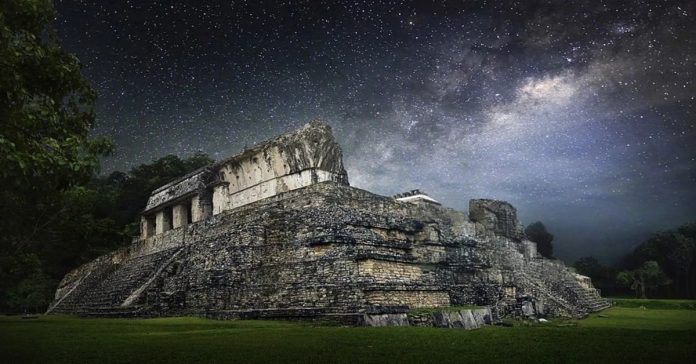Masters of the Heavens and Time; Unlocking the 819 day Mayan Calendar. The Maya civilization is renowned for its sophisticated understanding of astronomy and timekeeping, particularly through its various calendar systems. Among these, the 819-day count stands out as one of the most enigmatic cycles, presenting challenges for modern scholars attempting to fully comprehend its implications and applications.
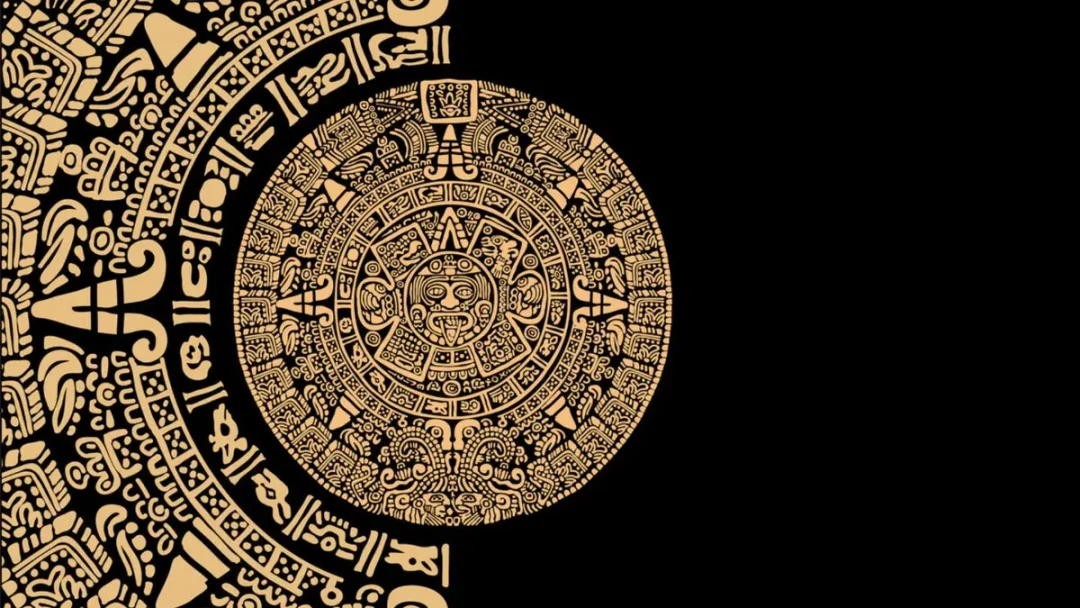
Mayan Long Count
This unique calendar, that has intrigued researchers for decades, is characterized by a four-part, color-directional scheme. Each calendar station progresses in increments of 819 days, repeating in cycles of 4 × 819 days. Despite earlier studies attempting to connect this count with the synodic periods of visible planets, the original four-part structure proved too short to align effectively with these astronomical cycles.
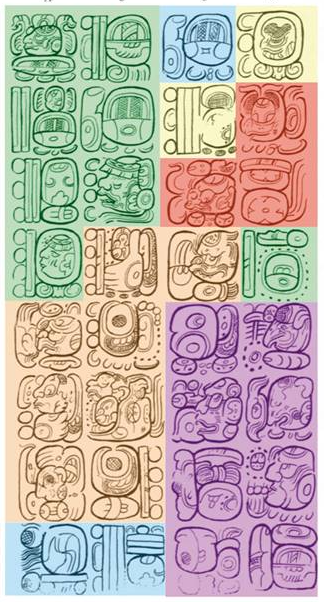
Synodic refers to the period of time it takes for a celestial body, such as a planet, to return to the same position relative to the Earth and the Sun. This period is measured from one conjunction (when the celestial body is aligned with the Earth and the Sun) to the next. Synodic periods vary for different planets due to their differing orbits and speeds.
In 2023, anthropologists John Linden and Victoria Bricker from Tulane University announced they had deciphered the mysterious 819-day count of the Mayan calendar. By extending the 819-day count to 20 periods, a clearer pattern emerged. This adjustment allowed for a more coherent relationship between the 819-day cycle and the synodic periods of all visible planets
- Mercury’s 117-day cycle fits 7 times into 819 days and 140 times into 16,380 days.
- Venus’ 585-day cycle matches 5 cycles of 819 days (2,925 days) and 28 cycles over 16,380 days.
- Mars’ 780-day cycle aligns perfectly with 20 cycles of 819 days (16,380 days).
- Jupiter’s 399-day cycle fits 41 times into 16,380 days.
- Saturn’s 378-day cycle fits 43 times into 16,380 days.
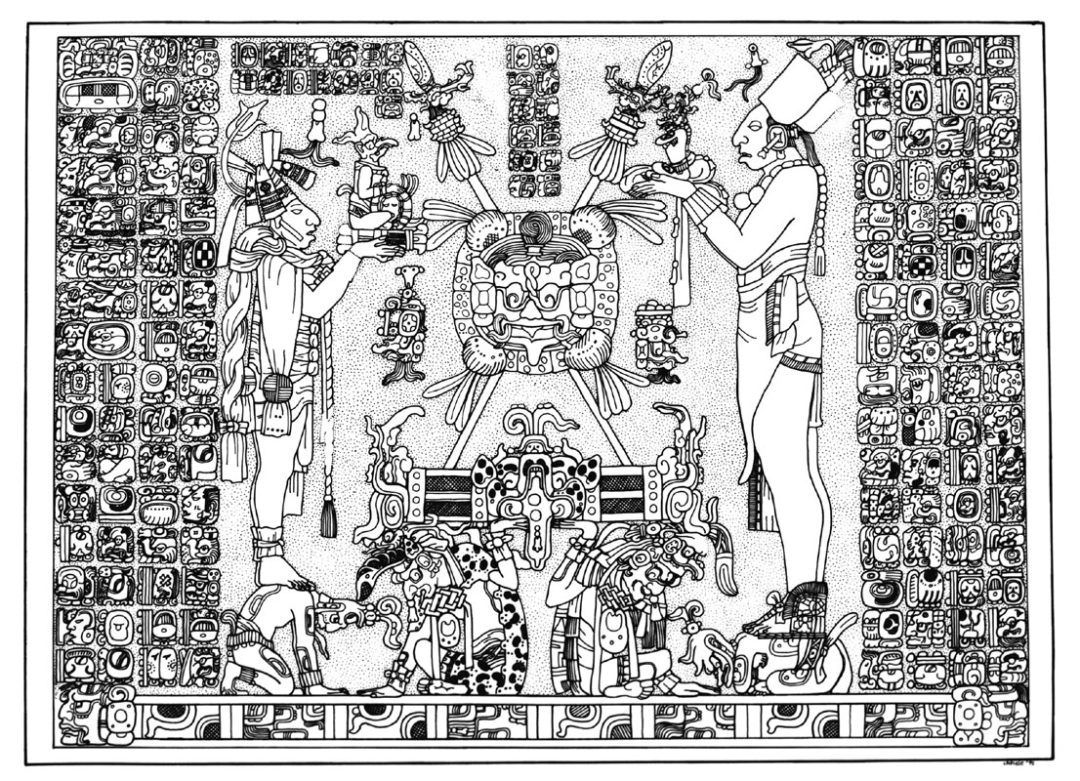
Temple of the Sun
The Temple of the Sun at Palenque provides a good example of a Maya inscription that contains an 819-day count phrase. It begins with an Initial Series inscription and is then followed by a Supplementary Series Inscription that has the 819-day count phrase at the end.
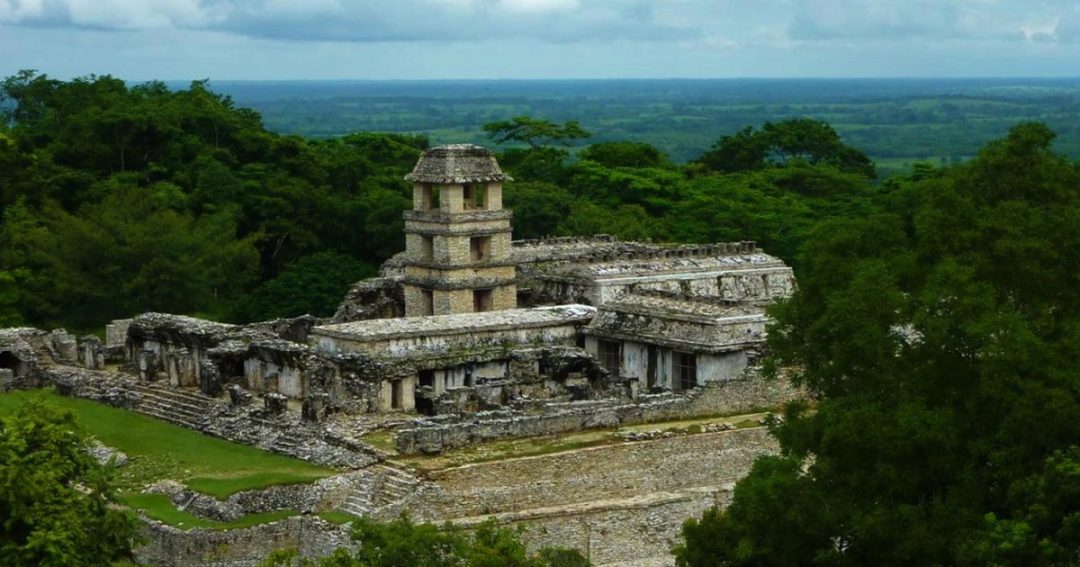
Maya rulers likely developed the 819-day count at key sites like Palenque to legitimize their dynasties. This also linked themselves to mythic ancestors. This practice shows how astronomy shaped Maya culture, not just for tracking time, but for reinforcing political and social power.
The Maya 819-day count shows a complex link between their calendar systems and astronomical events. This connection reflects their advanced understanding of time and the cosmos. Ongoing research continues to uncover new insights into Maya civilization and its lasting impact on the study of astronomy.
Published in Ancient Mesoamerica in April 2023, these finding highlights the Maya’s sophisticated astronomy and base-20 (vigesimal) counting system. It’s a testament to their long-term observational prowess. Using the 819-day count as a tool to map planetary alignments over decades. Far beyond what shorter cycles could reveal.
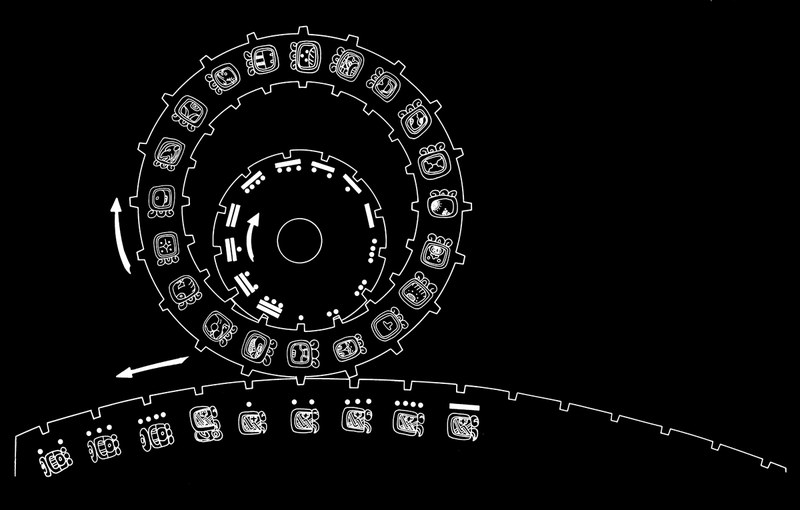
This 20-cycle span also syncs with the Tzolk’in, the Maya’s 260-day sacred calendar. Sixty three Tzolk’in cycles equal 16,380 days, suggesting the 819-day count was part of a larger, interconnected system. Researchers argue that Mayan astronomers designed it not to track just one planet, but to predict the synodic periods of all visible planets. Reflecting their advanced understanding of celestial mechanics.

